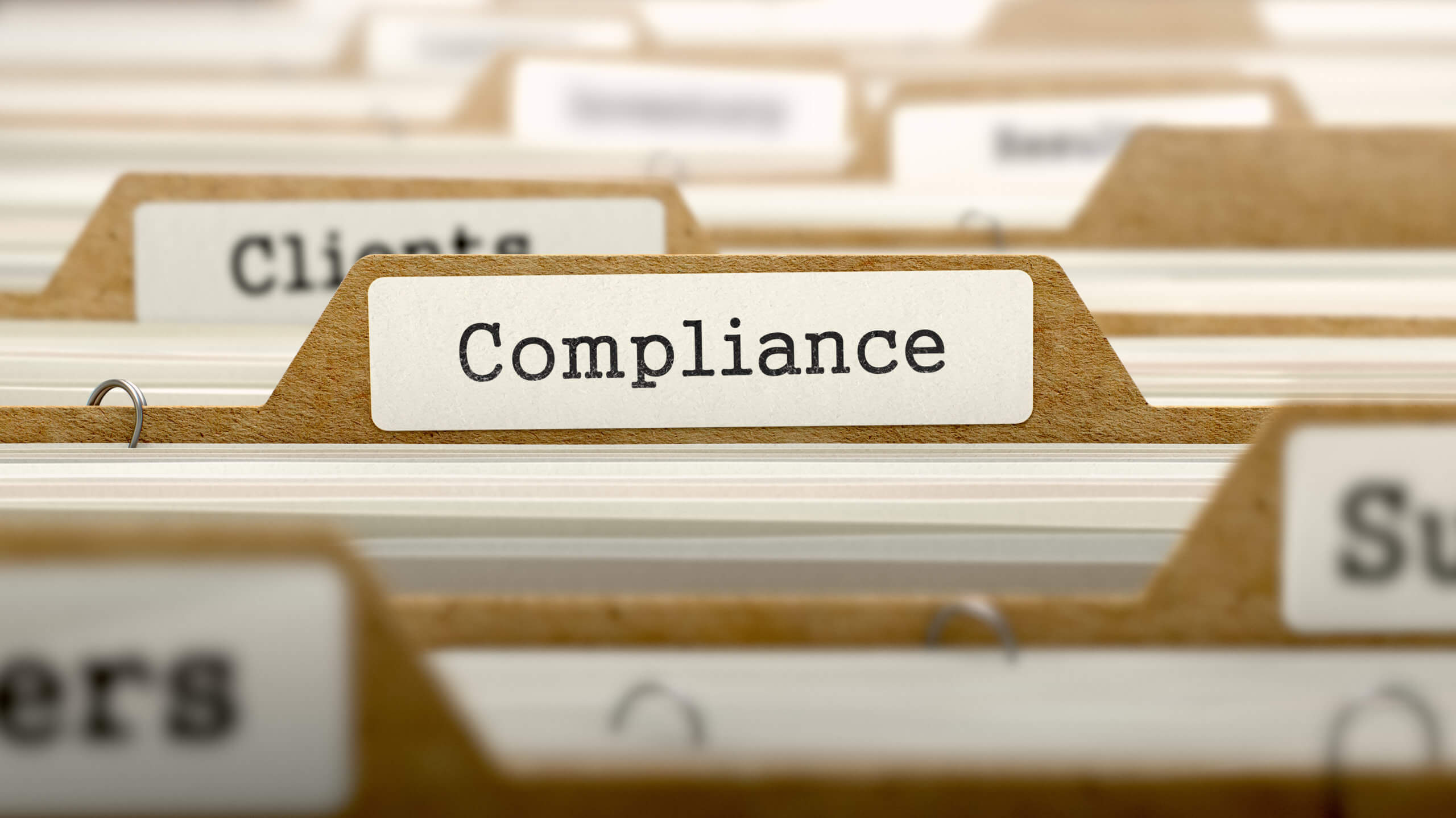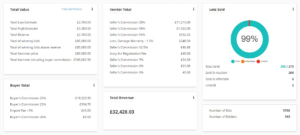
Background: Anti-Money Laundering (AML) Update
Since 10th January 2020, art market participants (AMPs) who sell works of art (in a single transaction or a series of transactions) over the threshold of 10,000 Euros (or its equivalent currency), must comply with the Money Laundering, Terrorist Financing and Transfer of Funds (Information on the Payer) Regulations 2017 (AML).
For some transactions, auction houses are therefore required to carry out customer due diligence procedures to identify and verify the identity of buyers/sellers and the source of funds, prior to the completion of such transactions. This involves obtaining and verifying certain information on buyers/sellers, and where relevant, their beneficial owners, including: (a) proof of identity, such as a passport or driving licence scan; (b) proof of address, such as a scan of a utility bill dated within the last three months; and (c) screening to see if the individual is a politically exposed person (“PEP”) or connected to a sanctions list. If a buyer/seller is acting as agent on behalf of someone else, the AMP must also verify that they are authorised to act on behalf of the ultimate buyer/seller.
Snoofa has incorporated these customer due diligence checks into the registration procedures of auction houses to whom Snoofa supplies auction management software, to ensure that auctions run smoothly and to minimise delays in bidding on works of art.



